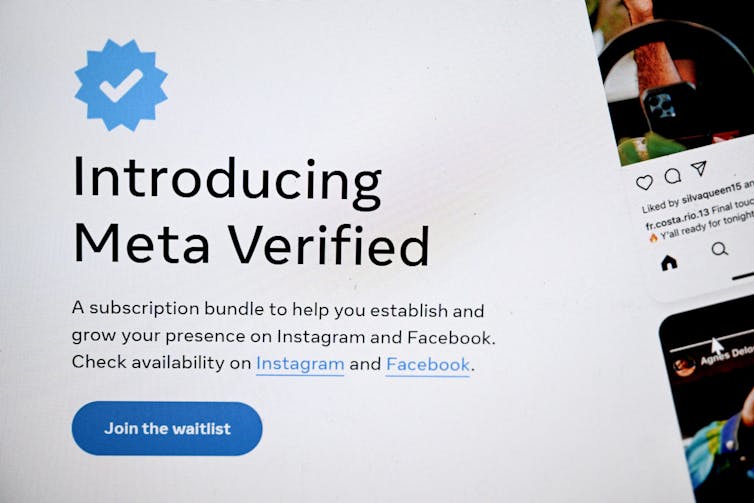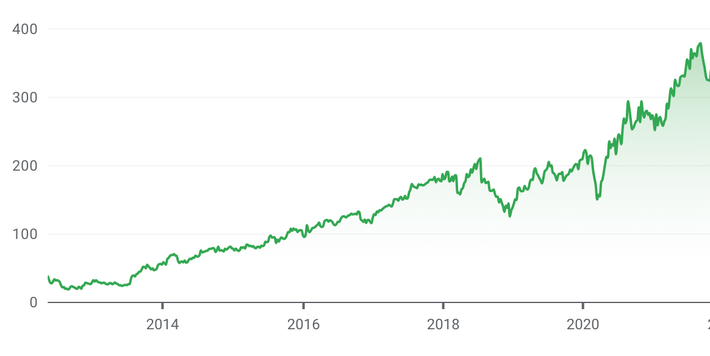And why the fediverse should be on alert
Meta’s new text-based social network might obliterate the remains of Twitter and also take aim at the fediverse.
The decentralized social media network, code-named P92, could be compatible with ActivityPub, which is what services like Mastodon are built on. Users will be able to log in using their existing Instagram credentials, which means that it will be trivially easy to join in with Mastodon instances around the world. It’s a boss move from Meta, but it could be as dangerous for decentralized social media as it is for Twitter.
“The one feature that Facebook lacks is the ability to give its users autonomy. Social media apps like Mastodon do not have a parent company operating them. It works on independent servers, and the users have the liberty to set their own code of conduct,” marketing expert Ryan Faber told Lifewire via email.
P92 Skirts the Fediverse
Twitter is on its way out. Since the Musk takeover, the trolls and bad actors who always strove to ruin Twitter for the rest of us have finally taken over. Lots of folks have moved to Mastodon, a decentralized collection of many federated servers, any of which you can join. In its simplest form, it’s kind of like email in that you pick your email provider, but you can email anyone else on any other email service.
This is fundamentally different from services like Twitter and Facebook. These are monolithic structures where everything happens inside a walled garden. The advantage of this approach is that you can easily sign up without having to vet and choose a server “instance.” The disadvantage is that anyone with enough money can buy the whole thing, or a single company can mine terrifying amounts of personal information from billions of users worldwide.
At the same time, Meta is under ever-increasing government scrutiny for its practices. By adopting the federated model, it might avoid the regulation it fears. If P92, or whatever it ends up being called, is just another ActivityPub-compatible service, or even just an Instagram-branded Mastodon server, the argument for breaking it up is weakened.
It sounds amazing, like a real win for open, decentralized social media and micro-publishing, comprised of a collection of servers and standards known together as the fediverse. And for Facebook and Instagram users, it removes the biggest barriers to entering that fediverse. Instead of trying to understand the whole federated thing, you just—presumably—join up from Instagram or whatever new app Meta comes up with. But this is also the biggest danger for the existing fediverse.
Meta’s Decentralized Social Media
In the 1990s, Microsoft used a strategy called “embrace, extend, and extinguish” (or “exterminate”). It was how it took over the fledgling browser market, for example. In the case of Meta and the fediverse, it would work like this.
Meta would embrace, say, Mastodon and instantly become the world’s biggest Mastodon server. It may then add features, and it would definitely make sure that anyone using its own instance would be just as heavily surveilled as they are using Meta’s other products.
Then, if all goes to plan, Meta could use this dominance to squeeze out the rest of the fediverse. It would become a de facto standard, and any independent Mastodon servers unable or not willing to implement Meta’s proprietary features would be shut out.
:max_bytes(150000):strip_icc():format(webp)/GettyImages-1350227670-feae1ca6b771437f97cd8916c8021751.jpg)
“Facebook is not coming to Fedi because they want to administer a good, responsible instance that regards other well-run instances as peers and equals and has policies that aim to respect the autonomy and values of its users and other instance’s users right?” the Research Fairy, the creator and administrator of the scholar.social Mastodon instance, said on Mastodon.
The Best Defense
But it might not be so easy. While an easy sign-up will probably be enough to get the remaining Twitter users to jump to Mastodon via Facebook, the fediverse has some tricks up its sleeves. First, a Mastodon instance can block any other instance. This can be used to cut off servers that go bad or are full of trolls, but it could also be used to block Meta’s P92 network. And right now, I’d wager that many Mastodon users are anti-Meta (or anti-Facebook), and would prefer a server that blocks it.
Even an extensively-blocked Meta-owned Mastodon instance could be enough to finish off Twitter. And you never know, it might even end up introducing more people to Mastodon and all the other decentralized social media and federated goodies beyond.
Feature Image Credit: Urupong / Getty Images
By Charlie Sorrel
Fact checked by Jerri Ledford













